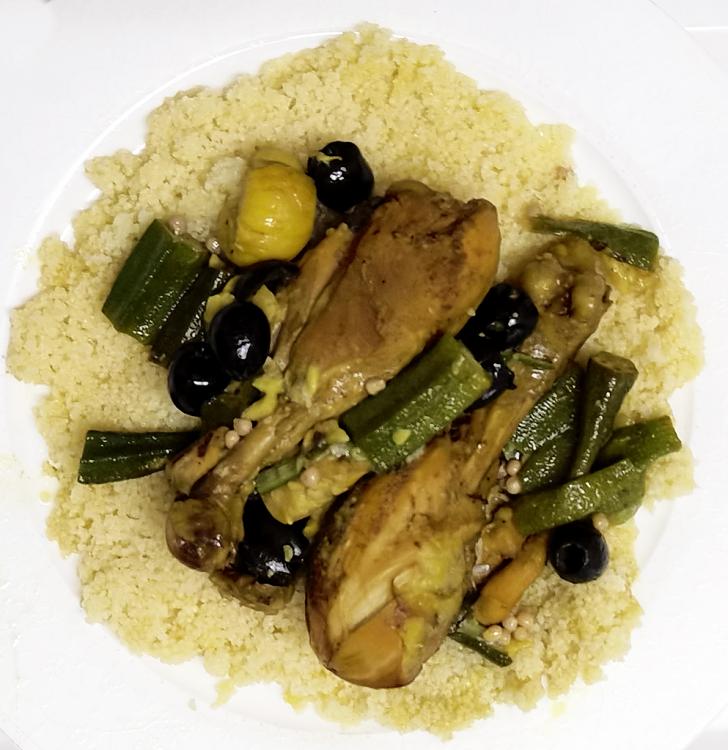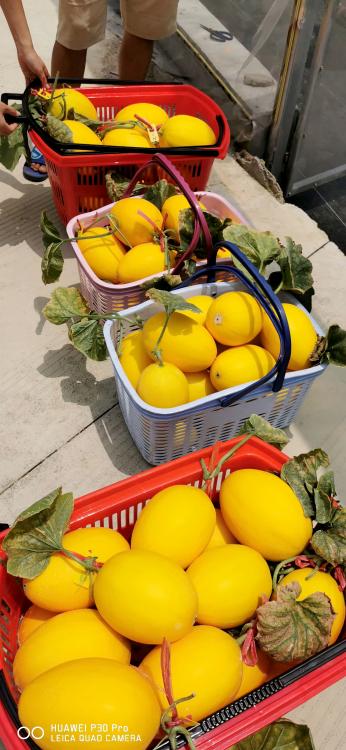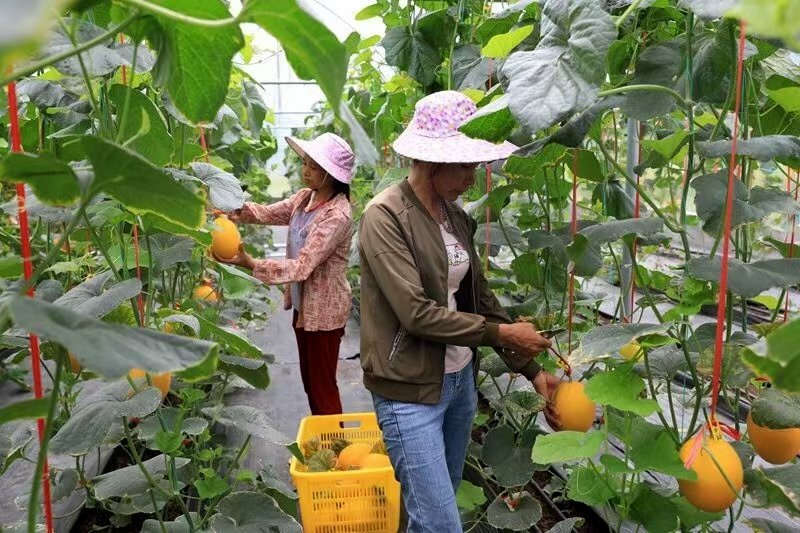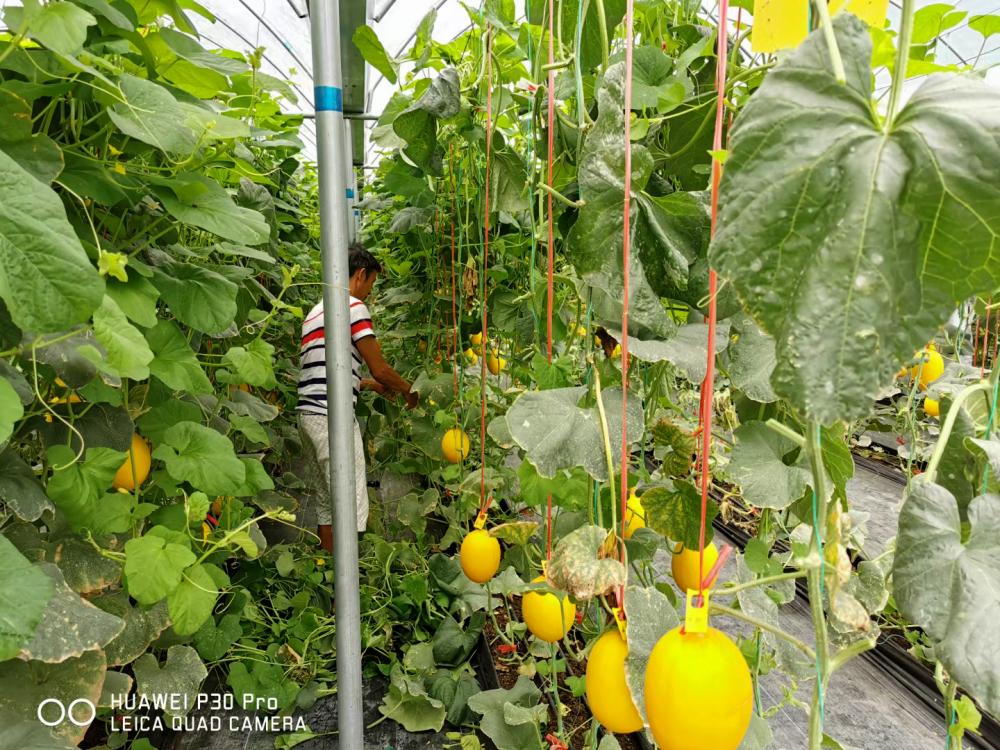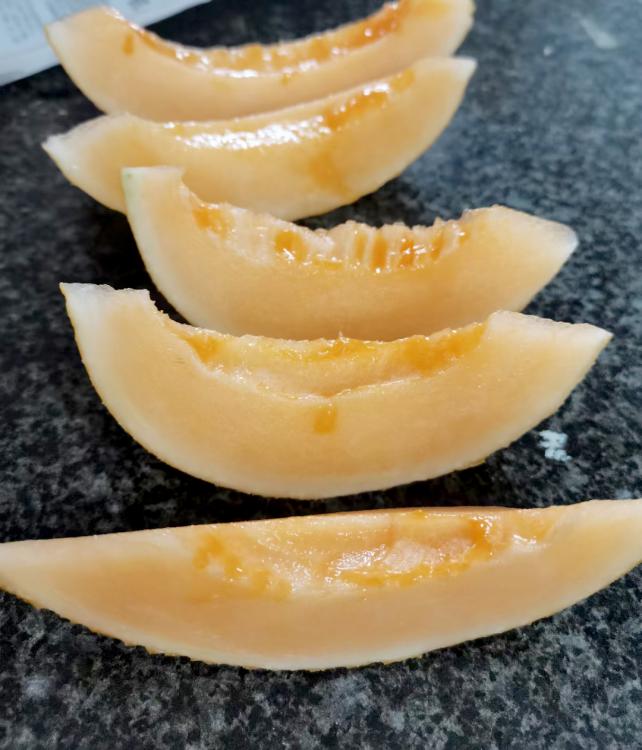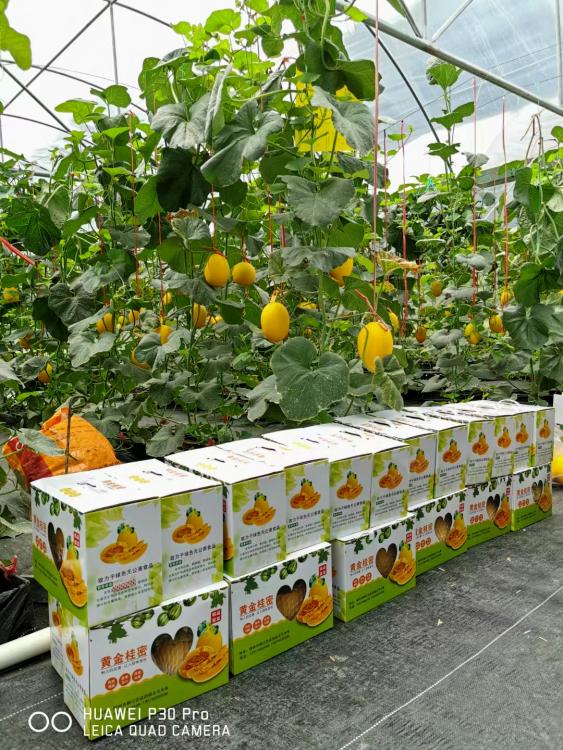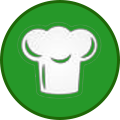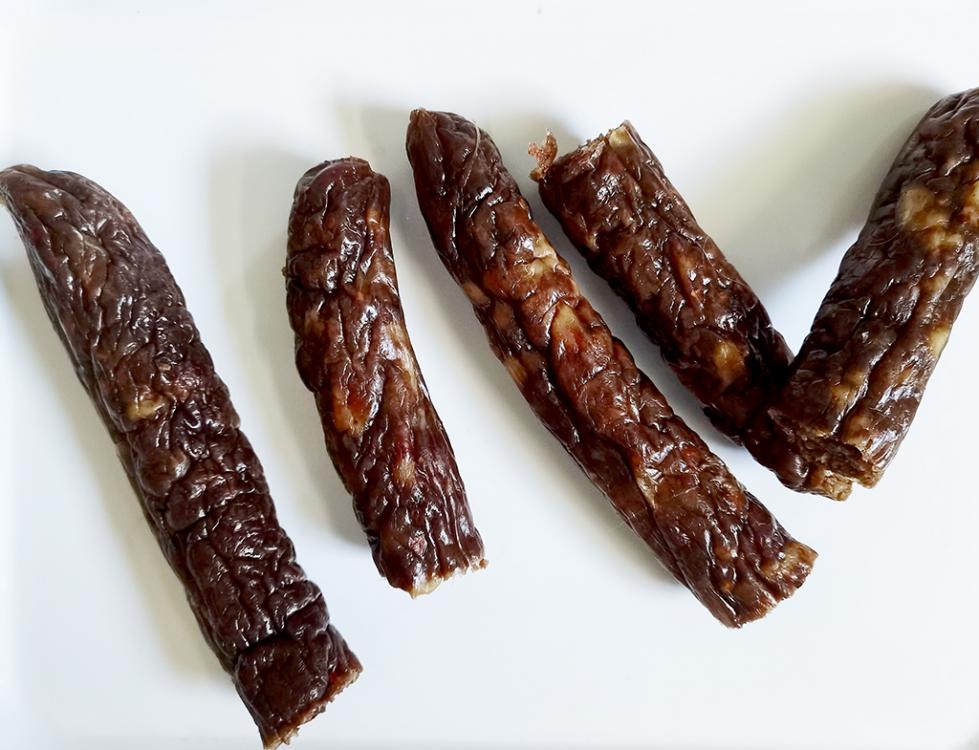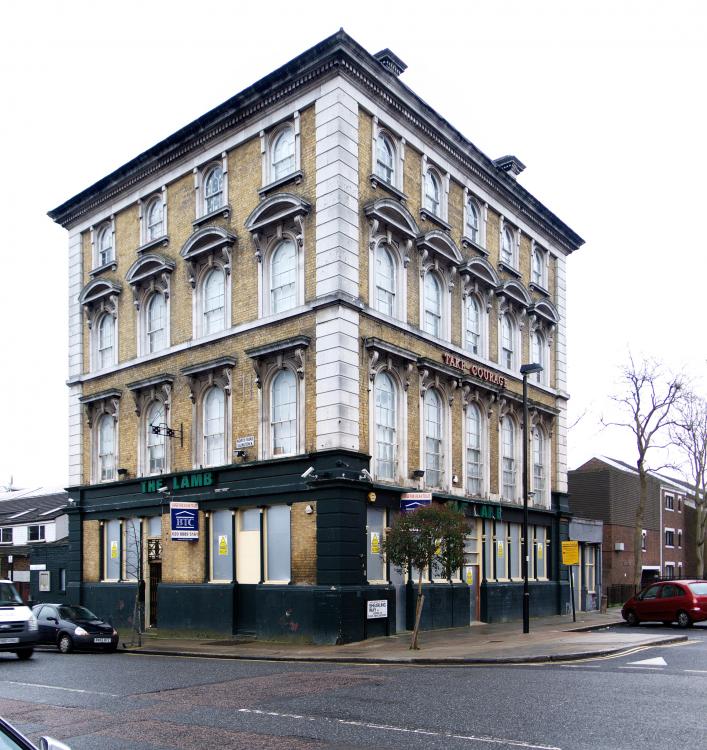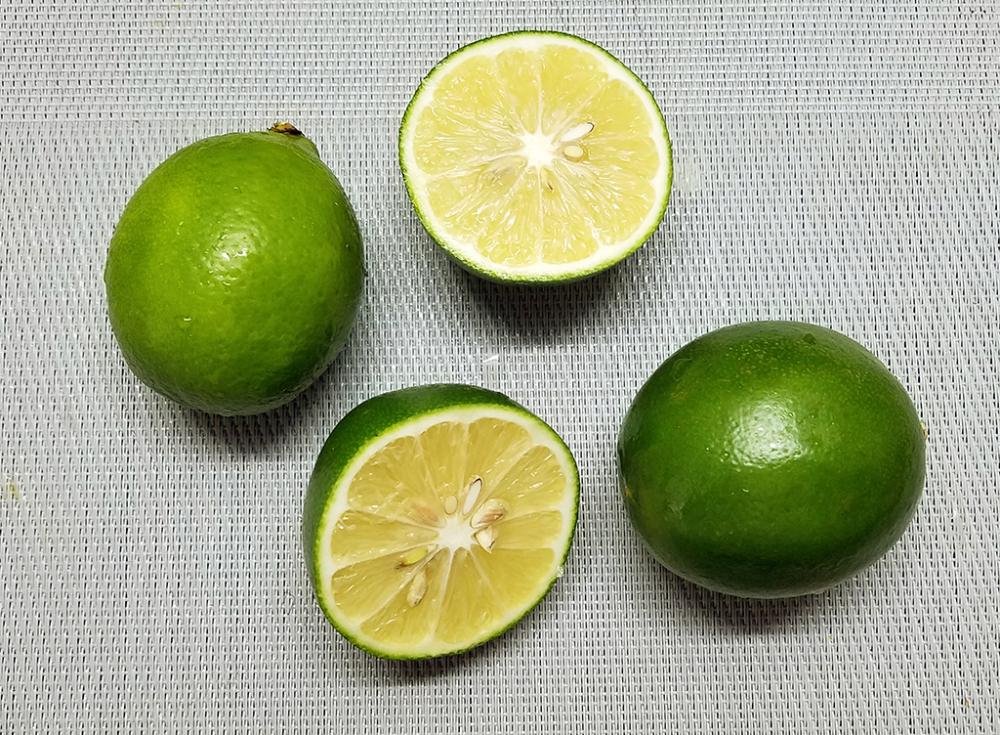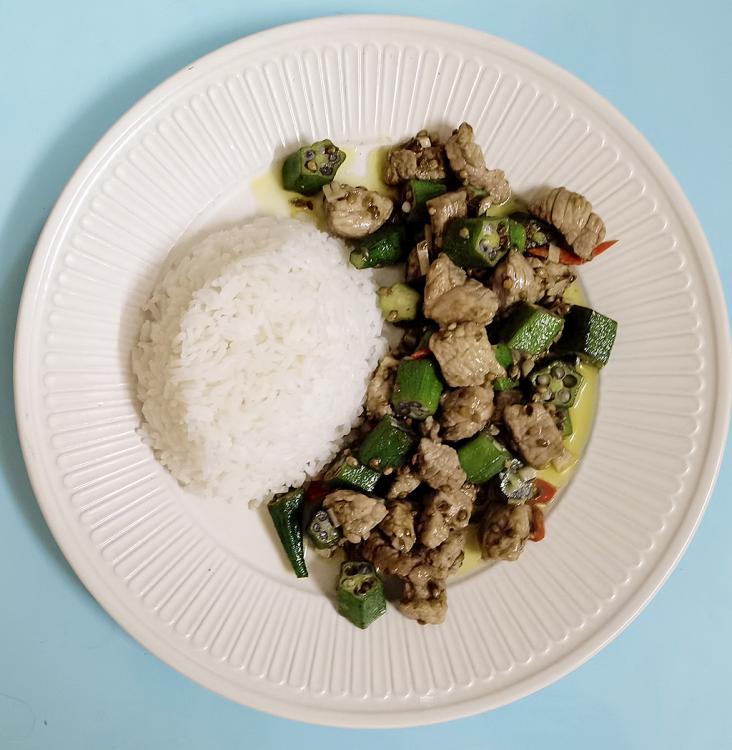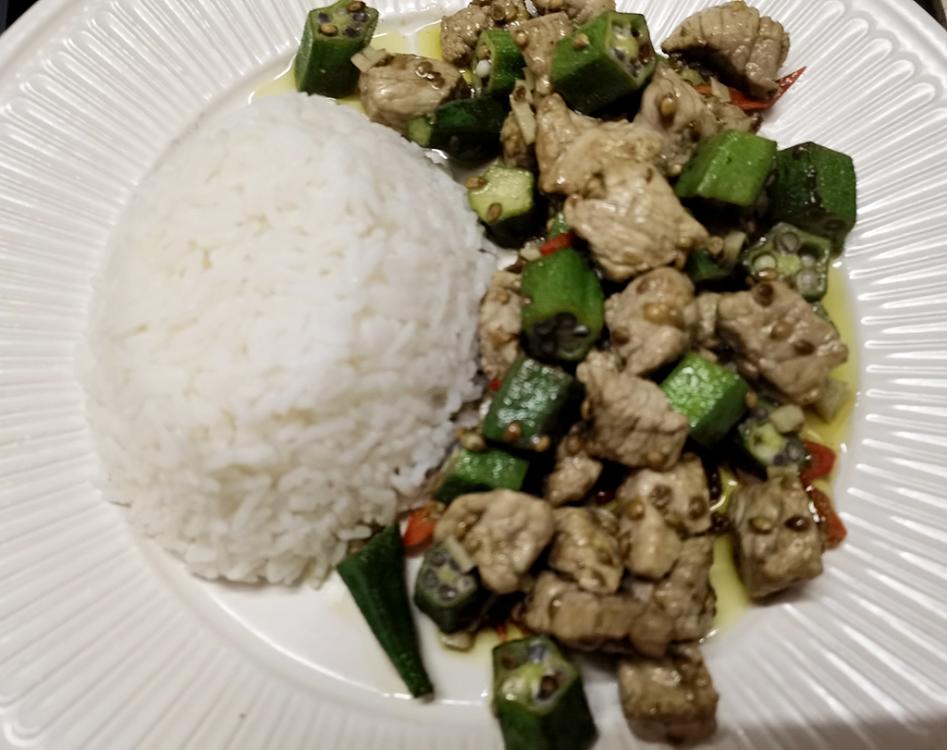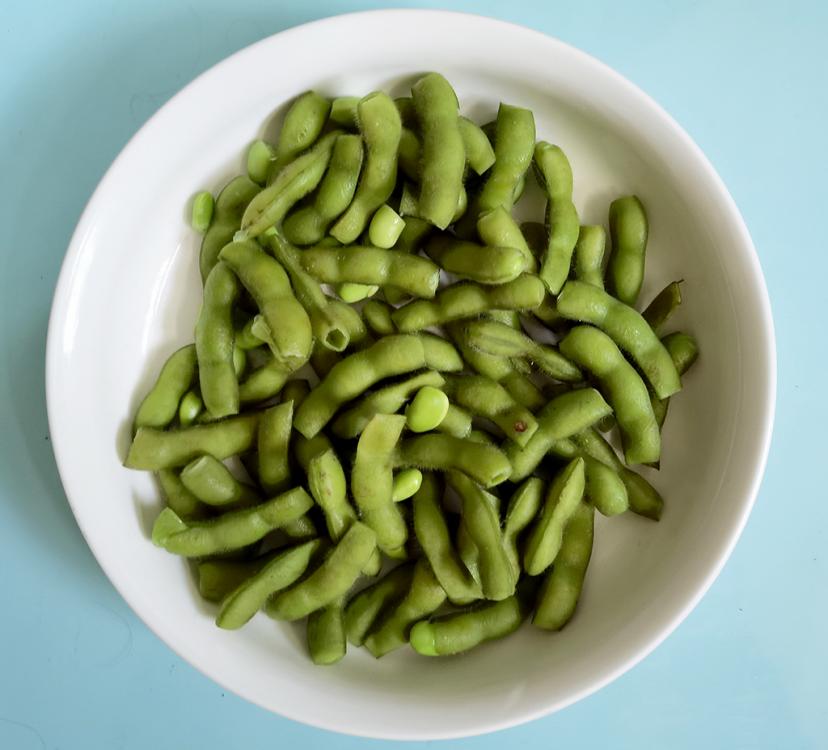-
Posts
16,755 -
Joined
-
Last visited
Content Type
Profiles
Forums
Store
Help Articles
Everything posted by liuzhou
-
Chicken with olives, okra, garlic, turmeric, while wine and couscous. Spinkled with shichimi togarashi before eating, but after I took the photograph.
-
True. It was a reply to a post which seemed to suggest a link. I made the comment to suggest that it was nothing to do with the topic at hand. Thanks for the reinforcement.
-
I wasn't sure where to put this. It doesn't seem to fit in any existing topic that I can find. If there is one, no doubt this will be moved. I found this article both touching and remarkably sane. Love and microwaved eggs – my dinners at Dad’s
-
Any decent British boozer needs a ghost! I think it's decreed by Act of Parliament.
-
This is probably the laziest and most simple meal I've ever prepared, but also one of the tastiest, not that I can take credit for that. I had a very busy day (and will do so again tomorrow) and hadn't done any shopping. Luckily, yesterday I picked up some sausages from the local supermarket a couple of days ago and had rice left over from yesterday. I am no fan of the Cantonese sausages you may know as "lap cheong" or something similar. I never eat them. These, however, I do. They are 四川麻辣肠 (sì chuān má là cháng) - Sichuan hot and numbing (mala) sausages. Basically they are pork, rice, Sichuan peppercorns and chilli. I also had some fresh bamboo shoot. I always have garlic and ginger. So I fried the ricewith bamboo, sausage garlic and ginger. End of recipe! Damn! It was so much better than I deserved it to be. And very spicy! Take-no-prisoners Sichuan! It would have been nice to have had some scallions for aesthetic appeal, but honestly I didn't need them. Anyway, no one is going to see the dish otherthan me, are they⁈
-
12a. The Decline and Fall of The British Pub - The Queen's Fault? In February 1946, the London Evening Standard published an article by George Orwell (1903-1950) entitled The Moon Under Water. This was a description of his ideal pub. After listing all its attributes, he admitted what That article is well-known (and I shall return to it soon), but it wasn’t the first time Orwell had written about pubs and pub culture. Three years earlier, on January 21st, 1943, The Listener magazine had published another article, entitled Review of The Pub and the People by Mass-Observation. Mass-Observation is a UK social research project which originally ran from 1937 to the mid-60s, before being revived in 1981. In his article, Orwell discusses some aspects of the Mass-Observation report on pub culture noting that From the article, it is clear that Orwell sees this as a matter of great regret. I can’t begin to imagine how he would feel today. Since his day, pubs in Britain have been disappearing at an alarming rate. The reasons for this decline are complex, but I’ll try to go through some of the main factors. Hold on for the ride! 1) Social Change and Television Prior to the mid 1950s, the pub was an important centre of the community (even more so than the church). It was where people met, hung out, chatted and socialised in general. It was also where one found one’s entertainment. Pub games were popular – particularly darts, but also games that are all but lost to living memory. Shove-halfpenny was a favourite, as was pool, bar-skittles and dominoes. Three Men’s Morris, draughts, quoits. By the 1980s, only darts and pool remained in the great majority of pubs. Indoor Quoits, or Table Quoits, being played at The Fountain Inn, Parkend, Gloucestershire Pubs were also a music venue. Not hired bands or professional singers, but the community sing-song was very popular, especially after a few throat relaxing beers. There was often a piano (slightly out of tune in all probability) and someone could usually be found to bang out a rough backing to the more popular tunes of the day (or, more likely, decades earler). Note that few of these pubs provided food, or at most only small snacks, but I’ll return to the subject of food in pubs in greater detail in a later post. On the 2nd of June, 1953, Elizabeth II’s coronation was shown live on television by the BBC. This was the first time (obviously) that a coronation had been televised and the common people could see what was happening. (Her father, George VI’s coronation had been broadcast on radio for the first time.) There was a frenzy of television buying just to watch that one 8-hour-long broadcast. My parents bought our first television the day before! They had a better view of proceedings than most of the congregation in Westminster Abbey, who coudn't see anything. Of course, after the Queen was suitably crowned, people continued to watch television and the entertainment partly shifted from the pub to the home. I’m not suggesting that overnight everyone stopped going to the pub, but many did or went less frequently. 1953 televison set. New generations grew up without knowing the old pre-TV culture, so didn’t miss it. Pubs became, to an extent, an old men’s place. I say ‘men’s’ deliberately. In those days, most pubs had two drinking rooms. The “public bar” was the larger and was almost always men only. A smaller, often slightly more well-decorated room, usually with its own entrance, was known as the ‘saloon’ or ‘lounge’ bar and was where women, families and couples were expected to take their refreshment. This discrimination lasted into the 1980s in some pubs. You can still see the old signs indicating the ‘public’ and ‘lounge’ entrances above the doors in many pubs. The Lamb Tavern, North Road, London N7 The image above shows the closed Lamb Tavern in north London. Established in 1870, this was a place I spent far too much time in during the 1980s. I was working across the road. The ground (first floor) is the pub and upstairs is accommodation. You can just about see a small appendage on the right, behind the yellow sign. This was the slate-grey attached building with separate entrance that was the ‘lounge bar’, a tiny afterthought for the ‘ladies’. The pub closed in 2004, another victim of the trend. It has now been converted into housing. To be continued Image credits: 1. Indoor Quoits, or Table Quoits, being played at The Fountain Inn, Parkend, Gloucestershire - Public Domain 2. 1953 televison set - Image by Maximilian Schönherr. This file is licensed under the Creative Commons Attribution 3.0 Unported license. 3. The Lamb Tavern. Unknown photographer. Creative Commons Attribution-Share Alike 3.0 Unported license.
-
I've seen a few chefs do that - I always do.
-
I wrote at length about British breakfasts back here. You missed out the essential bacon. Fried tomatoes are usually served in addition to the baked beans, not as an alternative.
-
@KennethT I'm told that lemons are now in every supermarket and fruit shop in Hunan now.
-
And I know that limes are plentiful just across the border with Vietnam very near to me. They just never get here for some reason, although we get plenty other Vietnamese fruit imports.
-
The English word 'lemon' came from the Spanish 'limon' in the 14th century.
-
I am working on more posts on this topic right now. Watch this space! London has large Spanish population and Spanish restaurants and stores are easy to find there. Not so much outside London, though. P.S. I was born in St. Andrews, but haven't been back in a while.
-
Lemons are everywhere. They grow here. I have the opposite problem. If I ask for limes, lemons turn up! I've only found real limes here once, several years ago. The Chinese for lime is 青柠檬 (qīng níng méng), which translates literally as 'green lemon'. Unfortunately, we do get green-skinned lemons here. They are ripe, but the skin remains green. So, that is what turns up when I ask for lime. When I lived in Hunan 23 years ago, I never saw lemons. Not sure about now. I shall ask. Green lemons.
-
-
Not much difference. But it's not a topic I'm going to get into here.
-
Beliefs have guided food choices for centuries. Look how many creeds have lists of prohibited and permitted foods. Nothing new there.
-
-
It's a lot easier to wash your hands than to wash a food processor.
-
I'd need lots of studies before I'd believe that their parents cannot.
-

How do you prop up your immersion/stick blender while it's in use?
liuzhou replied to a topic in Kitchen Consumer
Me too. Also a Bamix. Exactly what I was thinking. -
I don't think how to pronounce a food is off-topic. From my understanding, lee-chee is more American and ligh-chee more British, although I'm sure there are exceptions. The Mandarin is closer to lee-dji. But the Cantonese is closer to ligh-zi. So we are no furher forward! Call them what feels most comfortable to you!
-
I found my sister's canal-side pub on that site, too. It never reopened as a pub after she lost it and, according to that website, is now residential property. There was always accomodation above the pub (where my sister lived, so she also lost her home), so it wouldn't have taken much to convert it, I suppose.
-
I have no idea what you find suggestive about the caption or what you imagine it is I was suggesting. I named the topic so because of the name of the yellow lychees in Chinese. And I have no idea what image you are talking about, either. There are 12 images in my post - none of which are suggestive in any way.
-
Britain has been losing its pubs for years. This BBC article from 2009 says that 52 pubs closed every week. In 2020, with Covid , it is estimated that 6,000 licensed premises were lost, 2,500 of which were pubs. Obviously Covid has had a devasting impact, but the trend was there long before. I'm working on something longer and more detailed about pubs and food which I will post sometime in the next few days.


